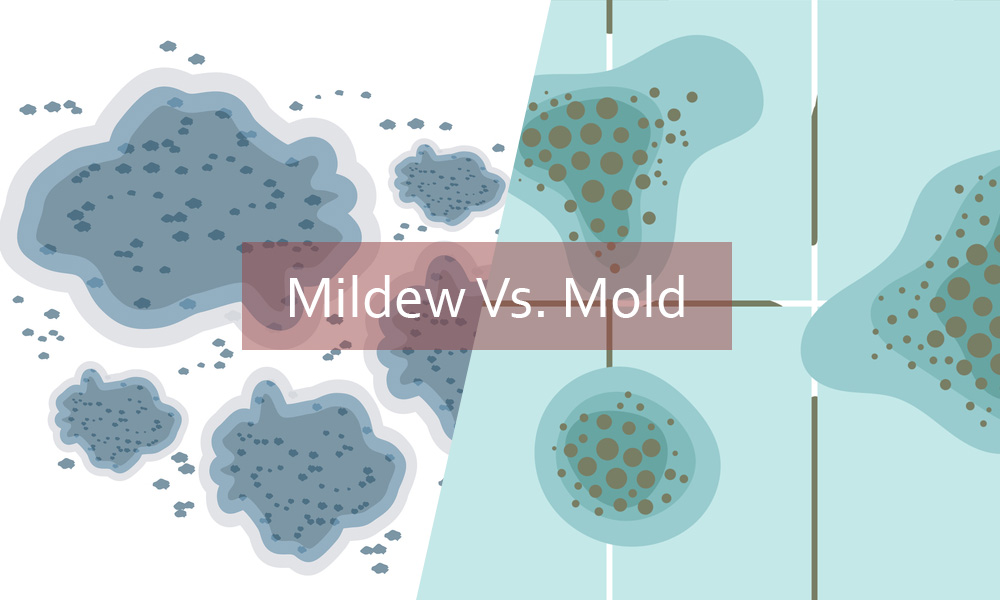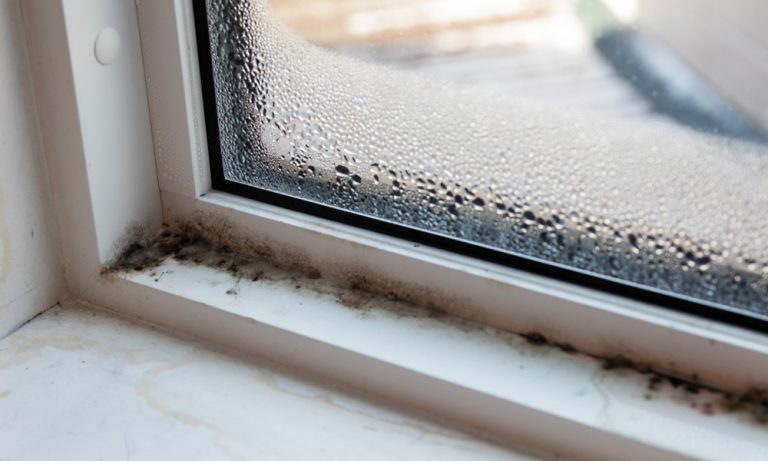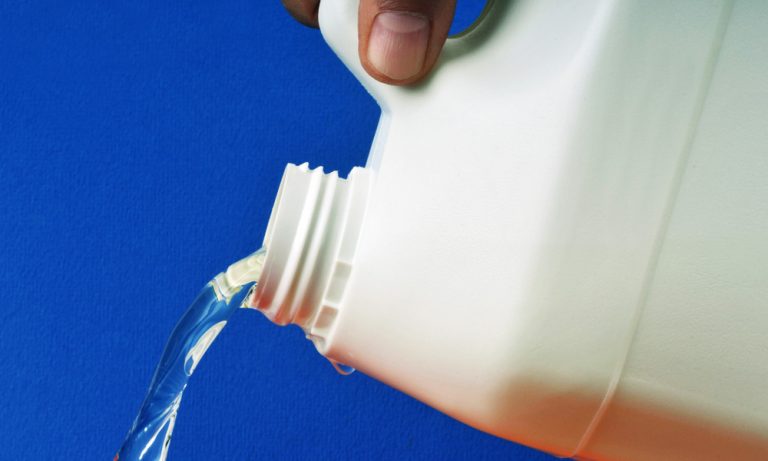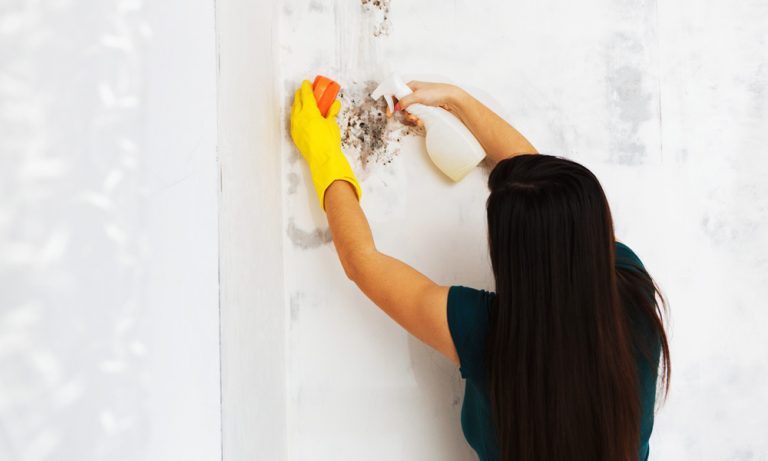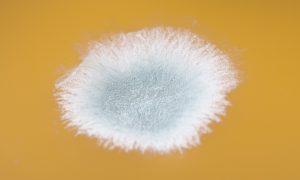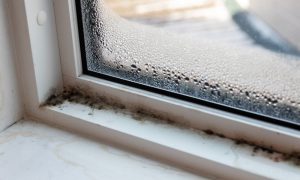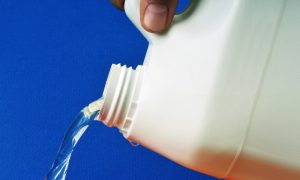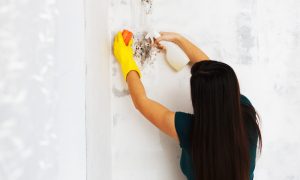If there are any two words homeowners never want to hear, they will be mold and mildew. Both are two words that are often used simultaneously yet with two different meanings. The one thing undoubtedly similar about them is that they can both be dangerous to the structure of the home and family members.
However, what exactly are molds and mildews? Why are homeowners especially wary of these fungi? This article will discuss all that you need to know about these two pervasive organisms. You will find out the meaning, differences, and what you need to do to keep molds and mildews away from your home or apartment.
What is Mold?
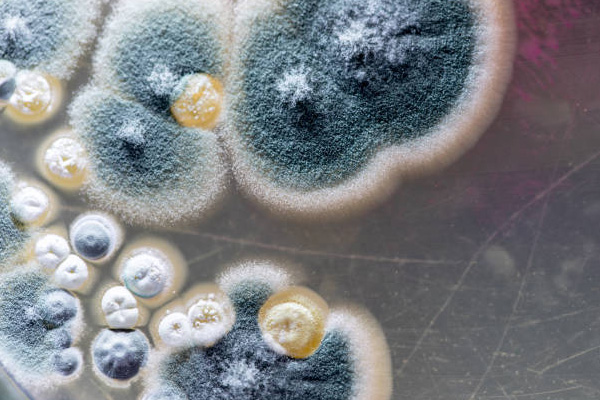
Mold is a common fungus that grows on moist or damp surfaces within the household. It can cause adverse reactions in individuals who have mold allergies. As molds grow, their roots reach into the host materials. This can cause structural damage when the molds grow into walls or floors. Molds usually appear fuzzy, grow in circular patterns, and often take dark color shades like green, black or brown. Sometimes molds can also look yellowish. Molds can grow on food and daily household items like furniture, carpets, walls and windows.
What is mildew?
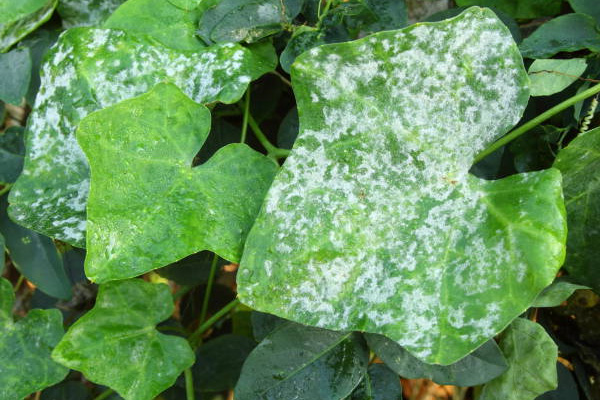
The EPA refers to mildew as a type of mold or fungus with a flat growth habit. Like molds, mildews thrive in damp areas and grow on moist surfaces like paper, fabrics, or even walls and windows. They are often light in color and appear powdery and flurry. Mildews’ flat growth habit means they hardly grow into materials like mold. Instead, they spread outward like a growing stain. You can often find mildew growing on papers, fabrics, window sills, bathroom ceilings, and basements drywalls.
What is the difference between mold and mildew?
Despite going hand in hand like siblings, mold and mildew do have their differences. The only issue is that many homeowners have trouble identifying, which is which. So how can you tell the difference between mold and mildew? The easiest way is to know what each one looks like. Here are the most striking differences between mold and mildew:
Color
Both mold and mildew take on different colors. These can change as they grow. However, each one has some specific colors that can help tell the difference. Mildew is often white, yellow, or gray, unlike mold that typically appears green, brown, or black. Generally, molds appear darker in color than mildew.
Also read: Want to know more about white mold? Click here!
Texture
While it is inadvisable to touch molds or mildew with your bare hands, you can identify each of them by their texture. Molds usually appear slimy or fuzzy, but mildews are often powdery or feathery.
Appearance
Mildews typically appear on top of a wet or moist surface. Molds, on the other hand, often grow underneath the damp surface. Molds can also penetrate their host materials. Their roots can reach deep and destroy the material on which they grow. In most cases, mildews cause less damage than molds.
Another main difference is the ease of getting rid of mold and mildews. Mildews can easily be removed with a mildew cleaner. They also present less severe health effects like coughing and sneezing. However, molds are much more difficult to remove. They are better left to mold removal experts as they can cause more adverse health issues and allergies like skin irritation and respiratory problems.
Knowing the difference between mold and mildew is vital before finding a solution to the problem. It is essential to know what issues you are facing. This will help to determine the best way to deal with them.
How to prevent mildew and mold
The most crucial step in keeping molds and mildews out of your home is to prevent moisture. While it is hard to control dampness in areas like the kitchen and bathroom, you can make sure other areas of your home are kept dry at all times. Also, keep household items like carpet, furniture, and walls dry too.
Here are some things to do to keep mold and mildew away from your home or office;
- Airflow and Circulation: Allow air in your home to circulate well. You can do this by keeping your doors open within the house or opening the windows for specific periods every day. This way, there will be better airflow within the home.
- Indoor Humidity: It is also essential to control humidity within the house. You can do this with the use of a humidifier. Keep indoor humidity below 60% to prevent mold growth.
- Exhaust Fans: Having exhaust fans in bathrooms and kitchens can help you get excess moisture out of the house. This way, you can reduce the chances of mold or mildew growth in those areas.
- Act Fast: when there is water damage or flood in the house, act quickly by drying up the area immediately and repairing the damage. Any water accumulation or damage should be dried and fixed within a day or two to prevent mold growth.
Conclusion
In conclusion, both mildew and mold thrives on moisture and is likely to grow if you have high humidity or any wet or damp surfaces in your home, especially around kitchen and basement. If you spot any of these, as advised by the CDC, it is better to get both mildew and mold remediated by a professional, unless the infested area is too small to handle.
This article was originally published in Jan-2021 and was last updated in Oct-2021.
Author: Kenny

